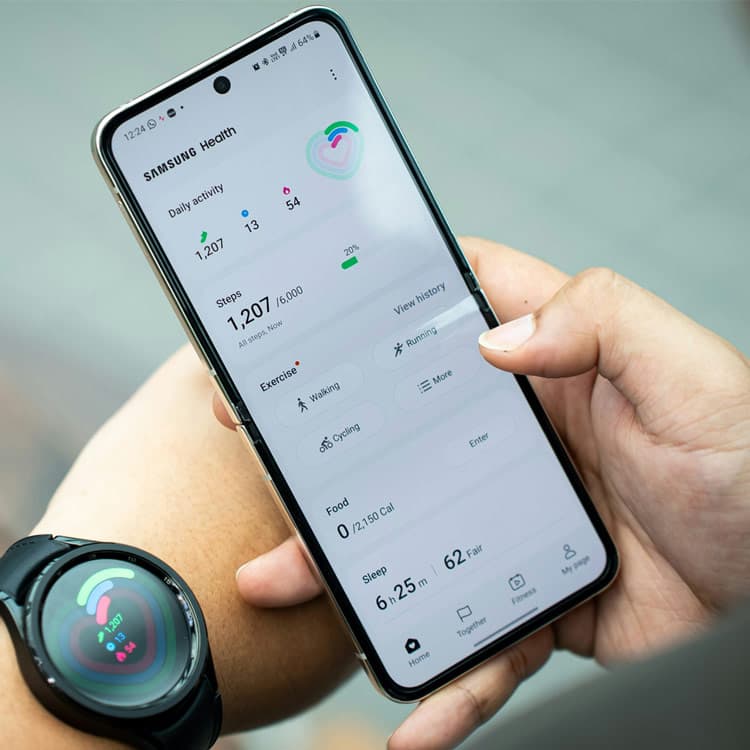2023 has seen a significant rise in the popularity of AI-based programmes and apps to help users produce increasingly sophisticated results, from copywriting and networking to artwork and music.
The latest field showcasing significant progress is text-to-speech (TTE). TTS technology transforms the written word into speech and is becoming increasingly human-sounding and difficult to distinguish from a person.
One of the most sophisticated models currently in testing is Microsoft’s VALL-E. According to the example website for the product, VALL-E is a TTS framework that utilizes massive and diverse data to improve speech synthesis. It uses phoneme and acoustic code cues to create discrete audio codec codes that allow for zero-shot TTS, voice editing, and content creation.
Having evolved from over 60,0000 hours of speech and incorporating the voices of over 7,000 distinct English speakers, the framework uses advanced sampling techniques to provide a variety of synthesised outputs.
One of the most notable features of VALL-E is the way it manages to preserve a speaker’s emotions and acoustic environment, creating an unrivalled naturalness in its output. For example, if the input sample is from a lecture, the output will recreate the reverberations and echoes that can occur in larger spaces.
While the technology is not currently available to the public, there are significant opportunities for businesses to utilise the technology when it comes to market. As with any technology, it’s important to consider a variety of factors to ensure it meets the needs of the specific business and its core customer base.
Whether it is eventually put to use for customer service, training, safety or as a guide, three considerations must always be taken into account:
1. Naturalness and intelligibility: One of the most important factors to consider when evaluating any TTS program is how natural and intelligible the generated speech sounds. With so many distinct speakers incorporated into the VALL-E AI system, naturalness and intelligibility should be one of its biggest strengths.
2. Customisation options: Another factor to consider is the level of customisation available with a TTS program. Can you adjust the speed, volume, and pitch of the generated speech? These will all need to be optimised based on your intended end goal for the technology. With its superior data bank, VALL-E should offer a wide range of customisation options.
3. Accessibility: As with any TTS program, the integration of the system needs to deliver accessibility to all users, including those with disabilities. As VALL-E is rolled out for commercial use, it must address accessibility standards.
VALL-E is a significant step forward from existing TTS systems such as ‘Pocket’ or ‘Speechify’. Whether it becomes a commercial success is still to be determined, the security and autonomy of key data will be among the chief concerns for investors and businesses implementing the technology.
However, if the factors outlined above are addressed, the technology could deliver significant changes to the way consumers interact with brands.
شهد عام 2023 ارتفاعًا كبيرًا في شعبية البرامج والتطبيقات المستندة إلى الذكاء الاصطناعي لمساعدة المستخدمين على إنتاج نتائج متطورة بشكل متزايد، بدءًا من كتابة النصوص والشبكات إلى الأعمال الفنية والموسيقى.
أحدث مجال يُظهر تقدمًا كبيرًا هو تحويل النص إلى كلام (TTS). تعمل تقنية تحويل النص إلى كلام (TTS) على تحويل الكلمة المكتوبة إلى كلام، وأصبحت ذات صوت بشري بشكل متزايد ويصعب تمييزها عن الصوت البشري الحقيقي.
أحد النماذج الأكثر تطورًا التي يتم اختبارها حاليًا هو Microsoft VALL-E. وفقًا لموقع الويب النموذجي للمنتج، فإن VALL-E هو إطار عمل TTS يستخدم بيانات ضخمة ومتنوعة لتحسين تركيب الكلام.
يستخدم إشارات الصوت والرموز الصوتية لإنشاء رموز ترميز صوتية منفصلة، مما يسمح بتحويل النص إلى كلام بدون لقطة، وتحرير الصوت، وإنشاء المحتوى.
بعد أن تطور من أكثر من 60,000 ساعة من الكلام، ودمج أصوات أكثر من 7,000 متحدث باللغة الإنجليزية، يستخدم الإطار تقنيات متقدمة لأخذ العينات لتوفير مجموعة متنوعة من المخرجات المركبة.
المزايا البارزة لـ VALL-E
إحدى أبرز ميزات VALL-E هي قدرته على الحفاظ على مشاعر المتحدث وبيئته الصوتية، مما يخلق طبيعية لا مثيل لها في مخرجاته.
على سبيل المثال، إذا كانت عينة الإدخال من محاضرة، فسيعيد الإخراج إنشاء الأصداء والصدى الصوتي الذي يمكن أن يحدث في المساحات الكبيرة.
على الرغم من أن التكنولوجيا ليست متاحة حاليًا للجمهور، إلا أن هناك فرصًا كبيرة للشركات للاستفادة منها عند توفرها في السوق.
وكما هو الحال مع أي تقنية جديدة، من المهم مراعاة مجموعة من العوامل لضمان توافقها مع احتياجات الأعمال وقاعدة العملاء المستهدفة.
سواء تم استخدامه في خدمة العملاء، التدريب، الأمان، أو كأداة إرشادية، يجب مراعاة ثلاثة اعتبارات رئيسية:
1. الطبيعية والوضوح
أحد أهم العوامل التي يجب مراعاتها عند تقييم أي برنامج لتحويل النص إلى كلام (TTS) هو مدى طبيعية ووضوح أصوات الكلام الناتج.
مع وجود العديد من الأصوات المتميزة المدمجة في نظام VALL-E AI، يجب أن تكون الطبيعية والوضوح إحدى أكبر نقاط قوته.
2. خيارات التخصيص
هناك عامل آخر يجب مراعاته وهو مستوى التخصيص المتاح مع برنامج TTS.
- هل يمكنك ضبط السرعة، مستوى الصوت، ونبرة الكلام؟
- هذه العوامل تحتاج إلى تحسين بناءً على الهدف النهائي للتكنولوجيا.
بفضل قاعدة البيانات الضخمة الخاصة به، يجب أن يوفر VALL-E مجموعة واسعة من خيارات التخصيص.
3. إمكانية الوصول
كما هو الحال مع أي برنامج TTS، يجب أن يكون النظام متاحًا لجميع المستخدمين، بما في ذلك ذوي الإعاقة.
مع طرح VALL-E للاستخدام التجاري، يجب أن يراعي معايير إمكانية الوصول الشاملة.
هل سيكون VALL-E نقلة نوعية؟
يعد VALL-E خطوة كبيرة إلى الأمام مقارنة بأنظمة TTS الحالية مثل Pocket أو Speechify.
ولكن لا يزال نجاحه التجاري غير محسوم، إذ أن أمان البيانات واستقلالية المعلومات سيكونان من بين الاهتمامات الرئيسية للمستثمرين والشركات.
ومع ذلك، إذا تمت معالجة التحديات المذكورة أعلاه، فقد يحدث VALL-E ثورة في كيفية تفاعل المستهلكين مع العلامات التجارية.

.jpg)

